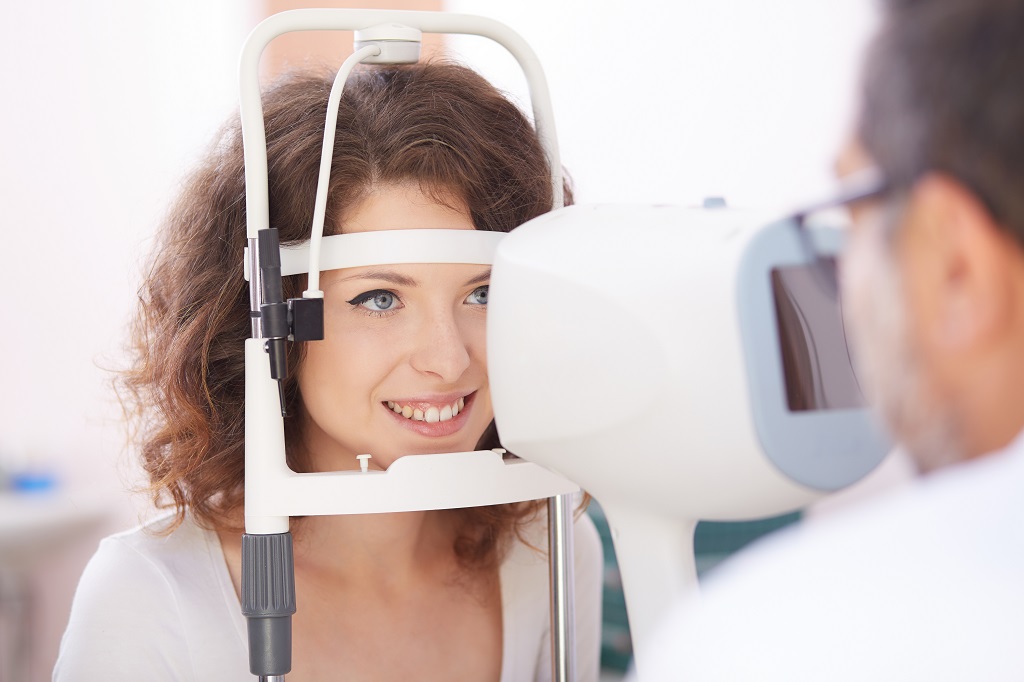Featured
Table of Contents

Routine eye exams are necessary for keeping excellent vision and spotting potential eye health and wellness issues early. The regularity of these tests can vary significantly based on an individual's age, way of living, and overall health. Recognizing the suggested routine for eye tests can aid ensure that individuals of every ages get appropriate treatment and surveillance for their eye health.
Newborns and Toddlers (0-2 Years)
For infants and young children, eye tests are important for detecting any possible vision troubles beforehand. The American Academy of Ophthalmology advises that a child's first eye test must occur at around 6 months old. Throughout this initial visit, the eye care professional will certainly evaluate the kid's visual advancement and look for any kind of noticeable eye issues.Following this very first examination, it is suggested that youngsters have an additional eye examination at age 3. This browse through will concentrate on analyzing the child's general aesthetic feature, including eye alignment and the capacity to track items. If no issues are discovered, the following test should be set up prior to the youngster starts school, generally around age five or six.
School-Aged Children (6-18 Years)
When youngsters get to college age, routine eye tests must be scheduled every one to 2 years. Vision is critical for discovering and development, and many institutions carry out vision testings. These screenings do not replace an extensive eye examination by an eye care professional.For kids included in sporting activities or tasks requiring considerable visual focus, annual eye exams may be suggested. Additionally, if a child shows indicators of vision issues-- such as difficulty reviewing, squinting, or frequent headaches-- a see to the eye medical professional ought to be set up immediately.
Young Person (19-39 Years)
Young person normally have less vision changes than older age groups, yet routine eye exams stay vital. The basic suggestion is to set up an eye examination every two years during this duration. Individuals with certain danger variables-- such as a family history of eye illness, diabetes mellitus, or those who wear call lenses-- should take into consideration yearly eye tests.Additionally, those who spend substantial time on digital gadgets might experience digital eye pressure. If signs and symptoms such as dry skin, tiredness, or blurred vision occur, it might be sensible to see an eye care professional sooner.
Adults (40-64 Years)
As individuals enter midlife, the chance of creating vision troubles boosts. Grownups aged 40 to 64 ought to arrange eye tests every one to 2 years. This age team may start to experience presbyopia, an all-natural age-related problem that makes it testing to concentrate on close items. Eye exams can additionally assist find other typical age-related problems such as glaucoma, cataracts, and macular degeneration.If people in this age group have danger elements such as hypertension or diabetes mellitus, they may call for even more frequent evaluations to check their eye wellness very closely.
Elders (65 Years and Older)
For senior citizens, regular eye tests come to be a lot more essential. The American Optometric Organization advises that people aged 65 and older have an eye test at least annually. Older grownups go to a higher threat for numerous eye diseases, consisting of cataracts, glaucoma, and age-related macular deterioration. Early discovery and therapy of these problems can stop vision loss and boost the quality of life.Conclusion.
Recognizing the ideal schedule for eye tests based on age is vital for preserving ideal eye wellness throughout life. By adhering to these guidelines and consulting with an eye care expert, individuals can take positive actions towards maintaining their vision and total wellness.Latest Posts
Experience Coastal Beauty at Deauville Inn
Published Apr 10, 25
1 min read
A Historical Shoreline Destination with Modern Delights
Published Apr 06, 25
1 min read
A Historical Shoreline Destination with Modern Thrills
Published Apr 04, 25
1 min read